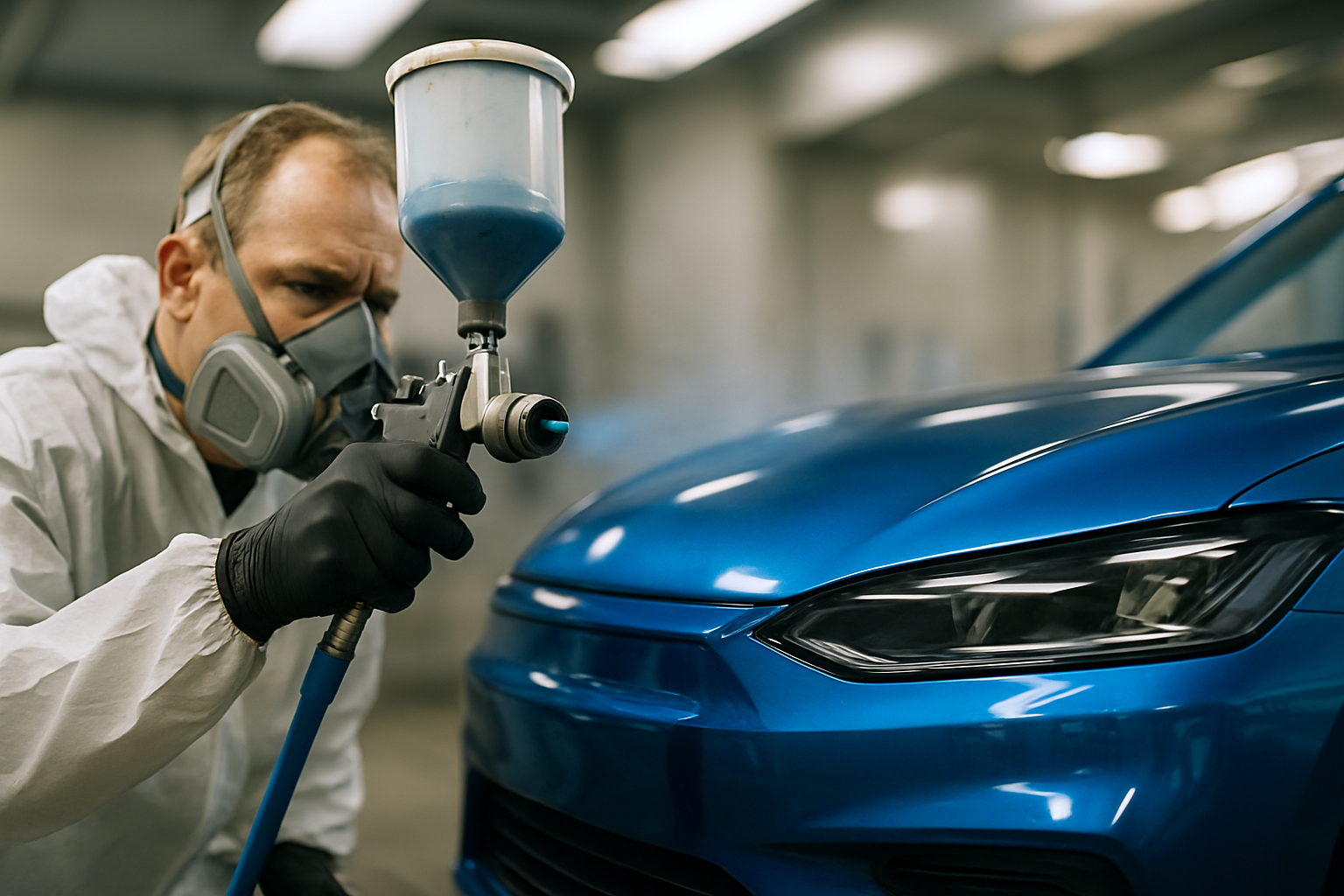Unmasking the Intricacies of Automotive Paint Technology
Introduction: The world of automotive paint is filled with unexpected complexities and fascinating innovations. It plays a vital role in the aesthetics, durability, and even performance of a vehicle. From the intricate chemistry behind the pigments to the application process, automotive paint technology is a world that begs exploration.

The Historical Palette of Automotive Paint
In the early days of automotive manufacturing, vehicles were often painted in a single, dark color. The reason was simple: the paint had to be durable and easy to apply. This was achieved through the use of varnishes and oil-based paints, which were slow to dry but offered the necessary toughness.
However, as car manufacturing advanced, so did the desire for more aesthetically pleasing finishes. This led to the development of nitrocellulose lacquers in the 1920s, which offered a wider range of colors and faster drying times. In the 1960s, the industry saw a shift towards acrylic lacquers that offered superior durability and a high-gloss finish.
The Science Behind the Gloss
The chemistry of automotive paint has evolved rapidly over the decades. Modern automotive paints are a complex blend of resins, binders, pigments, and solvents. The pigments provide the color, while the resins and binders form a hard, protective layer over the vehicle’s surface.
However, what makes automotive paint truly fascinating is the intricate process of applying it to a vehicle. The process begins with a primer that helps the paint adhere to the car’s surface. This is followed by the coating of the base paint, which provides the color. The final step is the application of a clear coat, which gives the paint its glossy finish and protects it from environmental damage.
Current Trends in Automotive Paint Technology
Automotive paint technology continues to evolve, with the industry constantly seeking ways to improve durability, environmental impact, and visual appeal. One significant trend is the use of waterborne paints, which reduce the emission of volatile organic compounds (VOCs).
Another trend is the development of self-healing paints. These innovative coatings can repair minor scratches by themselves, preserving the vehicle’s appearance over time.
The Impact of Automotive Paint on Vehicle Performance
While it may not be immediately apparent, the type of paint used on a vehicle can have a direct impact on its performance. High-quality paints can offer better protection against corrosion, helping to extend the vehicle’s lifespan. Additionally, certain types of paint can even improve a car’s aerodynamics by reducing drag, potentially enhancing fuel efficiency.
Challenges and Future Directions in Automotive Paint Technology
Despite the significant advancements in automotive paint technology, the industry faces numerous challenges. These include reducing the environmental impact of paint production and application, improving the durability of paints, and developing new color options to meet consumer demand.
Looking ahead, the future of automotive paint technology appears bright. With ongoing research into nanotechnology and bio-based paints, we are likely to see even more exciting developments in the years to come.
In conclusion, the world of automotive paint is much more than just a matter of aesthetics. It’s a fascinating blend of science, technology, and artistry that plays a crucial role in the performance and longevity of our vehicles. So the next time you admire the glossy finish on a car, remember there’s a lot more than meets the eye.





